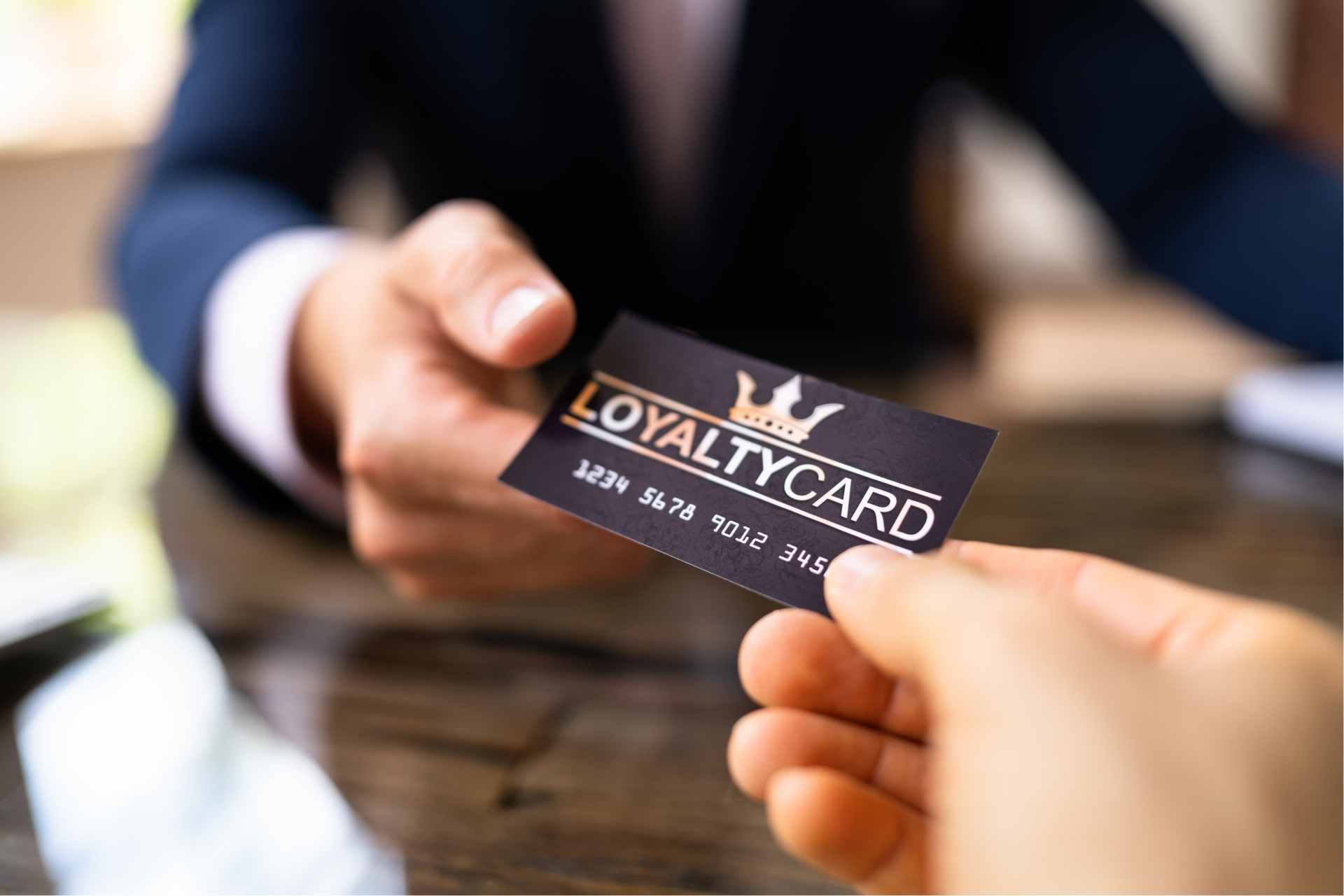
Table of contents:
- Overview of the Automotive Aftermarket Industry
- The Significance of Customer Loyalty for Retailers in the Aftermarket Sector
- The Significance of Loyalty Programs in the Automotive Aftermarket
- Types of Loyalty Programs for Automotive Aftermarket Retailers
- Designing a Loyalty Program: Key Considerations
- Best Practices for Implementing Your Loyalty Program
- Assessing the Efficacy of Your Loyalty Program
- Challenges and Solutions
- Conclusion
In the fast-paced world of automotive aftermarket retail, customer loyalty has emerged as the cornerstone for enduring success. As industry players continually strive for an edge in a competitive marketplace, the implementation of robust loyalty programs isn’t just a nice-to-have—it’s a strategic necessity. This article unpacks the transformative potential of loyalty programs in the automotive aftermarket sector, offering insights into why they matter, what makes them effective, and how you can successfully integrate them into your business strategy.
Overview of the Automotive Aftermarket Industry
The automotive aftermarket industry is a dynamic and ever-growing sector characterized by fierce competition and constant innovation. Retailers in this space deal with everything from auto parts and accessories to maintenance services, facing the challenge of not just attracting but also retaining customers. In such a landscape, differentiation through exceptional customer service and value addition becomes pivotal.
The Significance of Customer Loyalty for Retailers in the Aftermarket Sector
For aftermarket retailers, the cultivation of customer loyalty is akin to striking gold. Dedicated clients go beyond making repeat purchases; they are supporters of your brand and can greatly enhance your market visibility by spreading positive recommendations. Furthermore, fostering loyalty helps stabilize revenue streams and builds a community of engaged consumers who are less price-sensitive and more forgiving of minor service hiccups.
Brief on What the Article Will Cover
We’ll delve into the mechanics of loyalty programs in the automotive aftermarket, exploring different types of programs, key considerations in designing these programs, best practices for implementation, and ways to measure their success. We will additionally examine actual examples to demonstrate the concrete advantages that these programs can provide.
The Significance of Loyalty Programs in the Automotive Aftermarket
Why Loyalty Matters in the Aftermarket Sector
In the aftermarket industry, maintaining customer loyalty can significantly decrease the usual expenses involved in attracting new customers. It also enhances the lifetime value of existing customers, providing a more predictable and sustainable revenue model.
Impact of Loyalty Programs on Customer Retention and Business Growth
Loyalty programs, when well-executed, create a compelling value proposition that can significantly enhance customer retention rates. They also encourage higher spending and more frequent visits, driving overall business growth. In the sphere of automotive marketing, effective loyalty programs are crucial for long-term success.
Comparative Analysis of Customer Acquisition Costs vs. Retention Costs
Keeping an existing customer is usually more economical than acquiring a new one. Loyalty programs effectively capitalize on this by focusing resources on nurturing existing relationships, which often leads to reduced marketing expenditures and higher profitability.
Types of Loyalty Programs for Automotive Aftermarket Retailers
Points-Based Loyalty Programs
These programs enable clients to collect points that can be exchanged for discounts, services, or products. They are simple to comprehend and can be extremely successful in promoting customer loyalty.
Tiered Loyalty Programs Based on Customer Spend or Visit Frequency
Tiered programs reward customers at different levels of engagement, encouraging them to “level up” by spending more or visiting more frequently. This can greatly improve how much a loyal customer is valued.
Discounts on services and parts
Offering exclusive discounts on services and parts can be a straightforward yet powerful way to build loyalty, especially if these offers are tailored to the customer’s specific interests and needs.
Programs with limited access restrictions
Providing early access to new products or services can evoke feelings of being valued and privileged among customers, thus strongly influencing their loyalty.
Membership-Based Programs Offering Ongoing Benefits
These programs provide continuous benefits for a subscription fee, such as free monthly check-ups or discounts on every purchase, creating a steady relationship with customers.
Designing a Loyalty Program: Key Considerations
Understanding Your Target Audience
Having a deep understanding of your customer’s identity and motivations is crucial for developing a successful loyalty program. This understanding can inform the structure and rewards of the program, making it more appealing.
Identifying Behaviors to Reward
Decide which customer actions you want to encourage—be it purchases, referrals, or social media engagement—and tailor your rewards accordingly.
Choosing the right rewards that match the values of customers
The rewards should resonate with your customer’s values and preferences to ensure they feel genuinely appreciated and understood.
Integrating Technology Solutions for Tracking and Managing the Loyalty Program
Technology plays a crucial role in the smooth operation of loyalty programs, from tracking customer behavior to managing reward redemptions.
Legal and Ethical Considerations in Program Design
It’s vital to navigate the legal landscape effectively when designing loyalty programs to ensure compliance and maintain trust.
Best Practices for Implementing Your Loyalty Program
Clear Communication of Program Benefits and Terms
Transparency is key to building trust. Ensure that customers clearly understand what they can gain from the program and how they can participate.
Training Staff on the Program Details and Benefits to Ensure Consistent Customer Experience
It is important for your employees to have a thorough understanding of the program’s specifics in order to provide customers with consistent information and support, ultimately improving the program’s overall effectiveness.
Leveraging Technology for Seamless Enrollment and Participation
Utilize technology to make joining and participating in the program as easy and seamless as possible for customers.
Personalization Strategies to Enhance Customer Engagement
Personalized experiences are more engaging and can lead to higher customer satisfaction and loyalty.
Assessing the Efficacy of Your Loyalty Program
Tracking performance metrics is crucial for monitoring
Identify and monitor KPIs like repeat purchase rate and average order value to measure the effectiveness of your loyalty program.
Utilizing Customer Feedback to Enhance Programs
Regularly solicit and review customer feedback to refine and improve your program.
Adjusting Your Program Based on Performance Data and Customer Insights
Be prepared to tweak your program in response to analytical insights and customer feedback to keep it relevant and effective.
Challenges and Solutions
Common Challenges Faced When Designing and Implementing Loyalty Programs
Identify typical obstacles that businesses encounter with loyalty programs and propose practical solutions.
Strategies to Overcome These Challenges
Provide tactics that have been successful in addressing these obstacles, drawing from concrete instances.
How to steadily adjust your loyalty program to match changing customer needs
Provide guidance on how to keep your loyalty program flexible and adaptive to maintain its effectiveness over time.
Conclusion
Loyalty programs are more than just a means of marketing; they play a crucial role in a prosperous business strategy within the automotive aftermarket sector. They promote a favorable brand reputation, improve customer loyalty, and boost business expansion. Starting small and iterating based on customer feedback and data can lead to the development of a loyalty program that truly resonates with your audience.
Do you have additional inquiries regarding Aftermarket Automotive Marketing? Check out our blog section for more details. Contact our support team via email at marketing@goautomotivemarketing or call 1 (470) 791-9755 to clarify your doubts. The Support Team from GoAutomotive Marketing Experts will be happy to help you.



